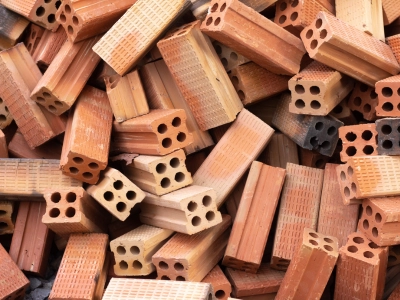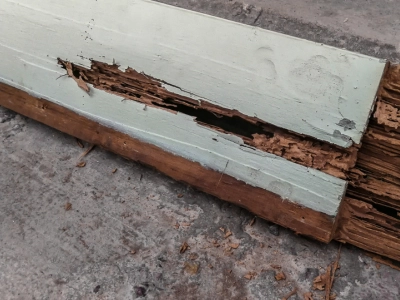How to remove damaged materials? A problem of our times

The objects and consumer goods that people need in an industrialized society bring with them a quantity of finished materials that, at some point, will become waste. This has become a real headache for companies and for human life. In addition, circumstances such as floods produce a significant amount of these unusable materials.
One of the main problems of the times in which we live is related to waste of different types. Since, the human being has taken the physical spaces to inhabit them and produce what he needs and what he does not need. This has resulted in billions of tons of garbage per day. This is where the question arises: How do we solve this situation?
To counteract the consequences, there are action protocols to be followed.
There are a number of protocols that have been generated to make these damaged object removal procedures safer. These protocols are well classified according to their impact and other variants that are specified for each case. What we recommend is that when it comes to removing damaged materials, you should go to the experts. Since, there are companies that dominate these aspects with great mastery.
What are the means of disposal of damaged materials?
Today we would like to tell you about the means of disposal of contaminated or damaged materials. They can be defined as the set of devices based on procedures that serve to process residual components of any kind without risk for those in charge of managing such wastes and for other people around them.
Hence the importance of complying with proven regulations and handling these materials with the necessary prevention procedures. Likewise, the basic recommendations that you should keep in mind when handling waste:
1- The most advisable is to use the services of companies specialized in these practices. These companies master the protocol for each case. In other words, leave this task to those who know and execute the collection and disposal.
2- Dispose very carefully and according to the regulations the so-called hazardous materials. Among these, containers with paint, lamps, thinner pots, transistor and flashlight batteries and many more.
3- Take into account the risks of damage due to physical and mechanical agents that can have traumatic effects such as high and low temperatures, cuts from glass or sharp metals. Slippery floors and walls, possible fires, among others.
4- Be aware of materials of high chemical toxicity, which are corrosive, harmful and irritating. As well as those whose exposure can cause cancer or emit dangerous gases. Which must be handled with the necessary equipment and with the prudence they deserve for their possible consequences.
5- Implement safety measures when handling flammable and volatile products that can cause fire or explosions. That is, fuels that are present in containers, remains of diluents, paints, or reserves.
6- Control of substances with high possibility of microbial risk, organic waste and biological material. They can generate diseases and contagion problems. In addition, if they are poured into the drains they become a threat. It is here where handling this type of material requires knowledge and experience.
7- Contamination by heavy metals in water is another problem to be solved. Since, sometimes they are not easily detectable. As we can see, there are many causes that can affect human life and that we must avoid.
Be responsible in waste disposal for the good of all.

If you are in charge of a company or business that needs to dispose of potentially harmful materials or because of a flood you need to clean spaces with these types of substances. You should avoid improper disposal. This would cause such materials to end up in drains and seep into the ground and surface waters that are important for life on the planet.
Some actions that are vital to reduce pollution are recycling, reuse and recovery of these materials already used. You can also delegate companies to implement protocols based on existing standards.
In case you need to put into practice the different ways of elimination of damaged materials. You have the option of incinerating them, dissolving them, neutralizing them or any technique that is safe, as established by the agencies in charge of health and the proper handling of hazardous waste. It is at this point where we advise you to rely on those who know about this type of activities and expertise.
If you decide to look for someone to perform this elimination safely and with minimum damage…
What we tell you today is that as part of the processes that aim to manage damaged materials without causing harm to people, plants, animals or the environment in general. We are here with the human teams, the machinery, the professionalism and the experience to solve this problem with the indicated and safe protocols.
With the satisfaction of serving to improve procedures and prevention we invite you to contact us by our mail: info@jh360cleaning.com and you can call the landline: +1 9052069878. Also whatsapp or for calls +1 6478234444.
Meta title: How to dispose of damaged materials? A current problem
Meta description: How to dispose of damaged materials? Objects and consumer goods bring with them a quantity of materials that, at some point, will become waste.

